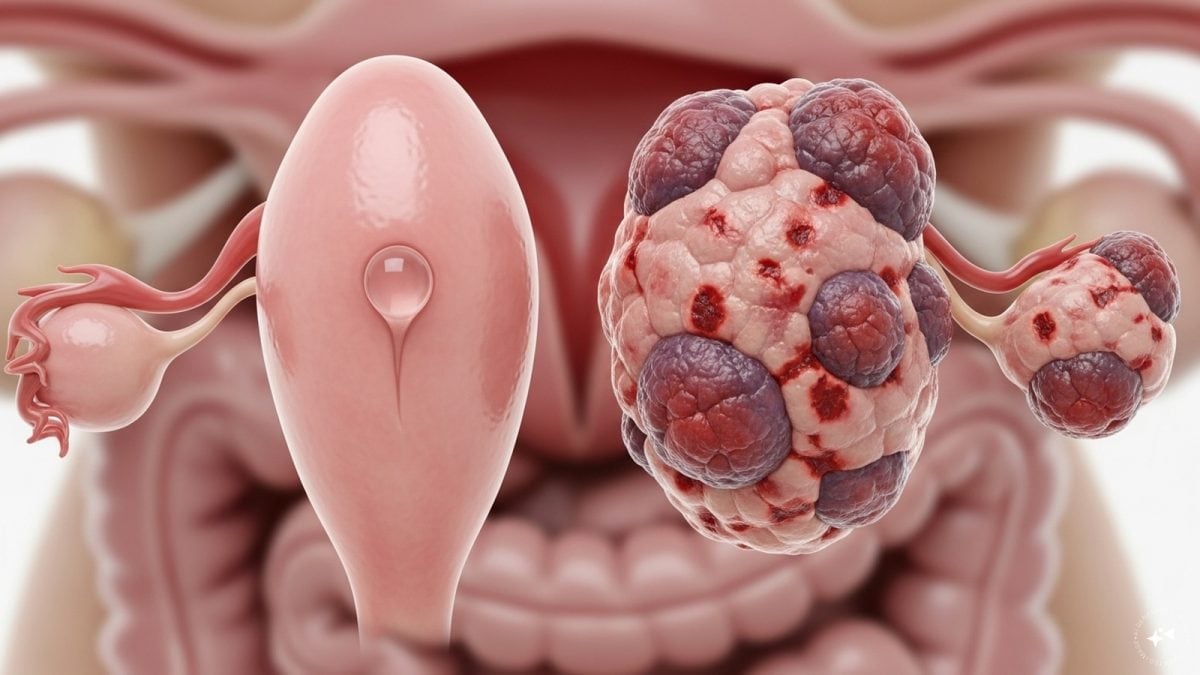On 30 August, sitarist Anoushka Shankar, 38, shared her “gynaecological CV” on social media. Her Tweet is significant for two reasons: one, it’s a big step towards normalizing the conversation around women’s reproductive health in India and across the world. And second, because Shankar has had many conditions that women often suffer in silence: from menorrhagia to contraceptive pills-induced migraine and uterine fibroids that required a myomectomy first and eventually a hysterectomy.
LADY BITS, by Anoushka Shankar
— Anoushka Shankar (@ShankarAnoushka) August 30, 2019
(Swipe to read about why I no longer have a uterus, and why I decided to tell you) pic.twitter.com/60laJGTWTg
Here’s a quick look at each of these conditions. Menorrhagia and contraceptive pills When menstrual periods last for more than seven days, often with heavy bleeding, this condition is known as menorrhagia. There are several reasons why women can have menorrhagia, including endometriosis, adenomyosis and uterine fibroids. [caption id=“attachment_4180273” align=“alignleft” width=“380”]  Anoushka Shankar. Image by Anushka Menon[/caption] Endometriosis is a painful condition in which the innermost lining of the uterus starts to grow on the fallopian tubes, ovaries and other organs. Doctors don’t yet know exactly why this happens. Endometriosis affects 25 million Indian women. In adenomyosis, tissue from the innermost lining of the uterus (endometrium) gets embedded in the wall of the uterus (myometrium) and leads to long and painful periods. Uterine fibroids are non-cancerous growths from the muscular tissue in the uterus. The exact reason for why some women get uterine fibroids is not known, though researchers say it could be because of a family history of fibroids, or hormonal imbalances. Doctors often prescribe birth control pills to manage both menorrhagia and uterine fibroids. The estrogen hormone in these pills can give some women more intense headaches and migraine - Shankar gets migraines three to four times a month. Uterine fibroids and myomectomy In her Tweet, Shankar said that at 26 years, she had a successful myomectomy - a surgical procedure to remove the fibroids but leave the uterus intact. Her two sons were born after the procedure. “Fibroids can be frustrating for patients," said Dr Archana Nirula, a medical officer with myUpchar and a gynaecologist with 25 years of experience. “There’s so little that we can say about them with any certainty: first, fibroids can appear anywhere in the uterus - on the outer surface, within the wall, or attached to the uterine wall by a tiny stem. Fibroids can grow gradually, or they can remain small for several years and then grow suddenly. Symptoms can vary from heavy periods to anaemia, lower-back pain and painful intercourse. And we aren’t even sure about what causes them. It’s really commendable that Anoushka Shankar is bringing this discussion to a public forum - where it belongs,” she added. In Shankar’s case, the fibroids came back after the myomectomy. A few months ago, doctors detected large fibroids in her uterus again. This time, Shankar decided to have a hysterectomy - a surgical procedure to remove the uterus. Doctors removed 13 tumours from her body, including her abdomen, during the procedure. Hysterectomy and depression In her tweet, Shankar wrote that the idea of a hysterectomy sent her into “short-term depression”. “The news triggered fears about my womanliness, my possible desire to have more children in the future, the fear of dying in surgery and leaving my children without a mother, the effects the changes may have on my sex life, and more,” she wrote. According to one estimate, the global death rate during a hysterectomy is 1%. The chances of complications like damage to the bowel, bladder or ureter, bleeding, ovarian failure and infection are also very real. “Unfortunately, it is common for women with reproductive ailments to feel depressed about their diagnosis,” said Dr Nirula. “There is a perception around hysterectomies, especially - not just in India but around the world. We have to understand that it is a medical procedure that can save lives. There’s so much pressure on women to be a certain way and to look a certain way, it’s very hard on them,” she explained. That’s also why Shankar’s long Tweet is so gutsy. “Kudos to her, really, for talking about difficult things like periods, a hysterectomy and difficult pregnancies - all in one powerful Tweet,” said Dr Nirula. Health articles in Firstpost are written by myUpchar.com, India’s first and biggest resource for verified medical information. At myUpchar, researchers and journalists work with doctors to bring you information on all things health. To know more on this topic, please visit https://www.myupchar.com/en/disease/uterine-fibroids


)

)
)
)
)
)
)
)
)



